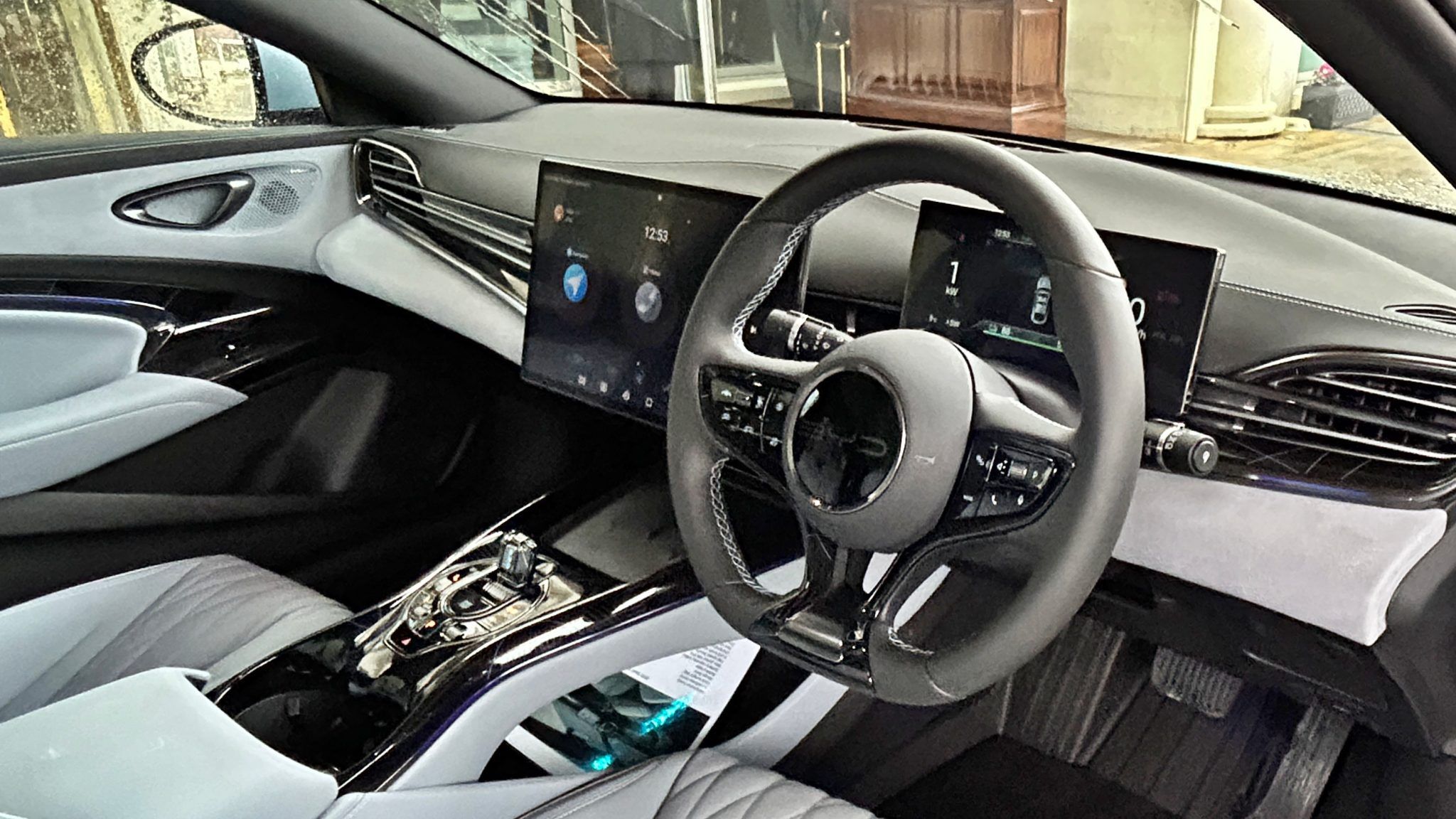BY BRIAN BYRNE
IT’S six years since I drove a Tesla seriously, which seems an awful long time to not have reviewed something from a brand that last year was globally the 11th biggest car company by revenue and is acknowledged as the company leading the change to electric cars.
A few short spins in a number of Tesla models in between didn’t really count for review purposes.
The car I drove in 2018 was a Model S, at a time when the company only had two nameplates.

It was a decent drive when, with colleague Trish Whelan, we took an S from the snowy valley of Alpbach in Austria to the February damp of Dublin, via the EuroTunnel and the UK and across from Holyhead in Wales.
The idea was to show that an electric car, particularly a Tesla, could be used for a long road trip. The total journey was over 1,900km, of which 1,750km was actual driving.
Thanks to the Tesla network of Superchargers across Europe even then, it was an easy and range anxiety-free trip. The journey’s point was well proven.
My most recent experience was in the Model Y, which I coincidentally had out in the week that it was provisionally accorded the title of best-selling car in the world for 2023. So, interesting to see where the Tesla cars are with so many other EVs on the market now accelerating their own electric market ambition.
Visually, Teslas have a sameness. Smooth and streamlined curvy, it can be difficult to separate one moving model from the other on a quick glance. On the other hand, the brand as a whole is very easy to recognise.
The style of my Model Y review car was nicely proportioned, looking like a very smart coupé saloon. A look that was deceptive, because in dimensions and interior measurements, it gets classed as a mid-size SUV at the larger end of the space.

Though it doesn’t appear so, it is for instance significantly larger than Ford’s Mustang Mach-E and Volvo’s XC60 and is wider than the Mercedes-Benz EQC. Mild side-panel sculpting and a long rear window sloping to an integrated spoiler on the hatch all help to make it seem a more compact car.
In technical terms, the Y is the SUV variant of the Model 3, currently the bread and butter of Tesla’s not insignificant profits, and built on that car’s basic platform.
There are structural differences, though, with the Y inaugurating a new manufacturing technique of a single casting for the whole rear body of the car. This is saving in manufacturing costs, though there are fears that for consumers it could result in higher repair costs.
The exterior of the Tesla Y is a very clean shape, and that sense is brought through also to the interior. It’s minimalist to a degree that is almost spartan.
The only instrumentation is the large centre infotainment screen, and the only physical buttons are two on the steering wheel, which do multiple duties depending on what kind of adjustment you select on the screen. The same screen is divided, the side closest to the driver showing speed, location and whether or not there’s other traffic nearby. The farther half is for managing everything else.
Regular readers will know well my feelings on the distraction of having to manage running changes by screen, and the Tesla thinking does not change these. The positive is that the inbuilt navigation system is by Google.
The car is comfortable, and roomy for all five potential occupants — a 7-seat version is available only in the US. All materials used inside are said to be vegan-friendly, and the touch-test to any surfaces gave a positive result. Opening the door from inside is by electric button, but there’s also a manual release in the event of power failure.
The powertrain is dual motors, giving all-wheel drive and a very sporty 3.7 seconds sprint to 100km/h. I have long since become blasé about the capabilities of electric cars offering performances previously only possible from exotic supercars.
Using that capability will munch through the battery range, though, rated at 514km but in real life probably around 460km on my experience.
The handling of the Y while I had it was an impressive surprise. It is a sweet car to drive, and a really spot-on driving position and forward visibility helped no end to enjoy it. The usual driver assistance tech is on board.
The controversy over Tesla’s idea of autonomous driving I avoided by simply not using it — whatever the car, I still like to drive it myself.
The best selling car in the world? Yes, I can see reasons why.










